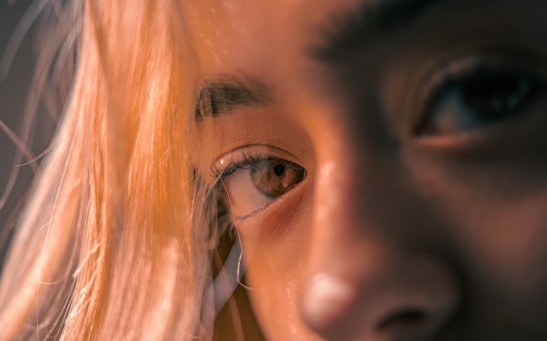3D printing
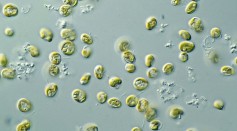
3D-Printed Vegan Seafood Made From Alternative Protein Sources Offers Solution Against Harmful Fishing Technique
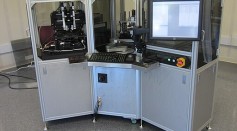
Nanoscale 3D Printing Allows Scientists To Print Materials on Atomic Level and Provides Numerous Applications in Electrochemistry

AI SpaceFactory Presents 3D Printing Lunar Outpost LINA in Collaboration with NASA
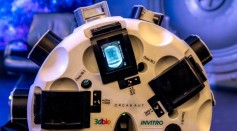
3D Printing in Medicine: Bioprinting Will Be Available in a Decade, Probably Cheaper Than Costs Associated With Organ Failure
Pixelated Sheets of Soft Material Created As Simple as an Inkjet Printing Used for Rapid Production of Soft Robotic Devices
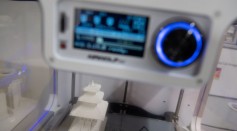
Scientists Created Self-Healing 3D-Printed Plastic That Repairs Itself Under LED Lighting

3D-Printed Steaks Now Being Served in Over 30 Restaurants Across Europe: Does It Pass the Taste Test?
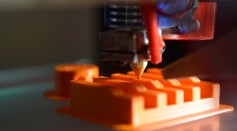
Researchers Create Artificial Leaves from 3D Printing for Possible Use in Space Missions

Ivory Made Using 3D Printer, Suitable Replacement For Real One
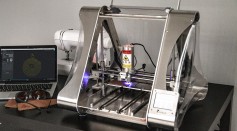
Printable Bioink Makes 3D Printed Human Organs Possible
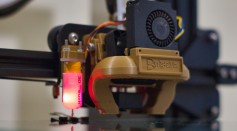
3D Printing of Human Organs May Happen Sooner Than Expected According to Research
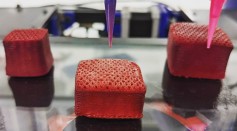
Novameat 3D-Printed the "World's Biggest Piece of Cell-Based Whole Cut Prototype"

Chameleon: Europe's First Working 3D-Printed Electric Vehicle
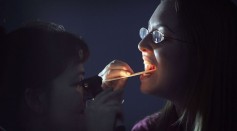
Scientists 3D Printed a Soft, Tongue-Like Surface
Most Popular

How Technology Is Changing the Real Estate Industry?

Study Reveals High Turnover in Scientific Research Careers: What This Means for Future Scientists

How a Plant-Based Diet Can Protect Against Breast Cancer: Insights from Nutrition Research

Why It's So Difficult to Lose Weight: The Biological Explanation Behind Obesity

